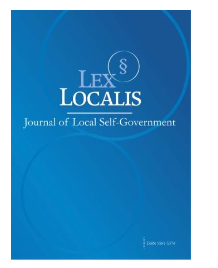IMPACT OF BEHAVIORAL FACTORS ON INVESTORS’ FINANCIAL DECISIONS: A STUDY ON THE INDIAN STOCK MARKET
DOI:
https://doi.org/10.52152/gbdmje53Keywords:
Behavioral Factors, Investors, Decision-Making Process, Management quality, Long term investment value, Indian stock market.Abstract
Behavioral biases systemically distort investors’ financial decisions in the Indian stock market, implying that high-frequency movement and fast retail participation are witnessed. The study tries to investigate: (1) The relationship between management quality (good company gauge) and long-term investment value (good stock gauge); and (2) the behavioral triggers in investor decisions and the policy directions in investor education and regulation of markets. The research utilizes an explanatory sequential mixed-method design, which starts with a quantitative phase consisting of a 180-active-investor questionnaire in the Delhi–NCR region, applying calibrated Likert five-point scales, Pearson correlation, and OLS regression for statistical inferences and followed by qualitative supplements with a selected number of cases to place the quantitative patterns into some perspective. Results from the quantitative analysis show that there exists a slight yet statistically significant negative association between perceived management quality and long-term investment value (r = −0.179; p = .016), while behavioral biases, as a group, do contribute significantly and positively to investor decisions (β = 0.202; R = 0.187; R² = 0.035; F = 6.474; p = .012), which illustrates that psychological biases contribute only a small but significant portion of variance; whereas, on select occasions, the qualitative evidence provides insight into perception–reality dissonances and moderates effects across some biases such as herding, overconfidence, anchoring, and mental accountments. Findings of this article endorse the behavioral-finance hypothesis and propose the need for a holistic company-level study combining governance with investor psychology, to provide opportunities for selected market interventions, in Investor Literacy, strengthened disclosure, and governance transparency, to reduce bias-driven mispricing and maximize long-run investment returns; limitations posed by this study (small sample size, perceptual measures, cross-sectional methodology) call for large, long-term replications.
Downloads
Published
Issue
Section
License
Copyright (c) 2025 Lex localis - Journal of Local Self-Government

This work is licensed under a Creative Commons Attribution-NonCommercial-NoDerivatives 4.0 International License.








